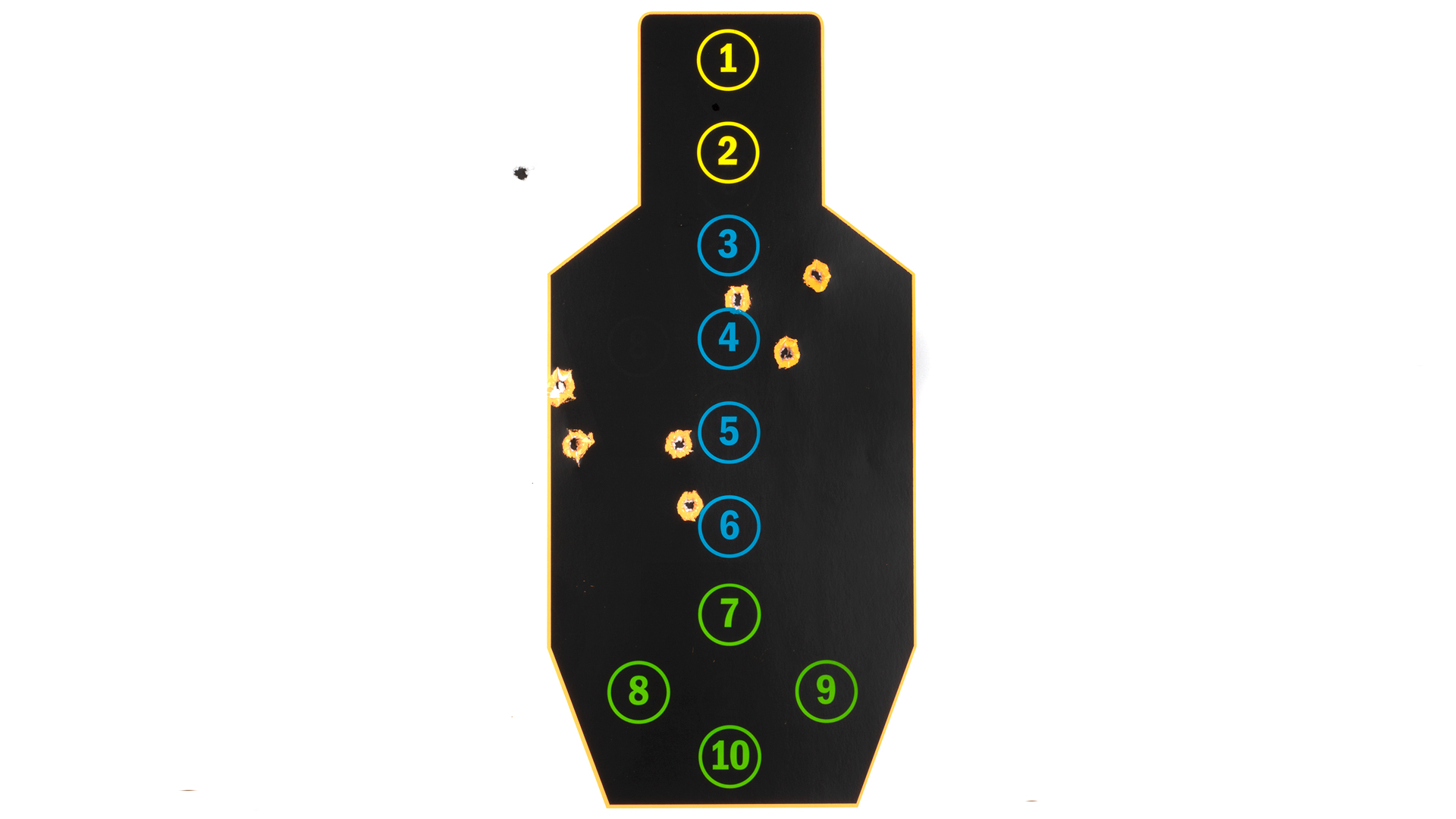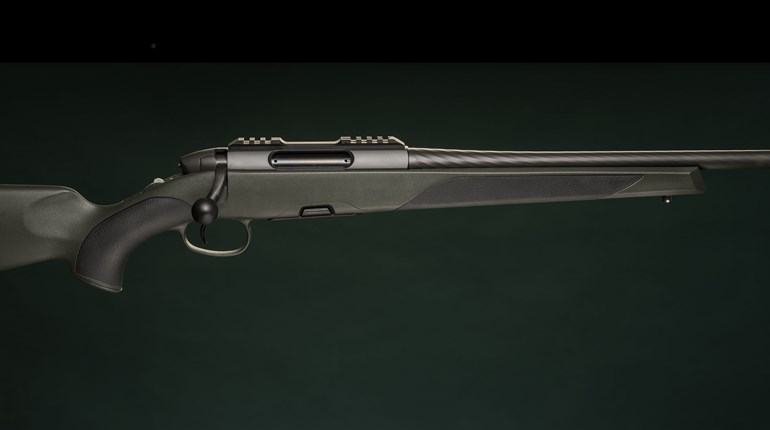
For years I’ve kept a shotgun near my bed. But, now I have a young son who sleeps in the room down the hall. Should I switch to a carbine? Let’s explore.
The main reason shotguns are so popular for home defense is due to their pellet spread, or “pattern,” that increases the shooter’s odds of hitting a target compared to the single projectile of a rifle or handgun. Everyone with any general gun knowledge knows this.
Historically, it’s why shotguns were so revered and feared when used in homes, riots, trench warfare and anywhere else where the range is close and hefty firepower is needed. But, there are scenarios wherein the shotgun’s strength—its spread—is a weakness, such as anytime a friendly happens to be downrange.
The obvious example is in a hostage situation: A shotgun certainly wouldn’t be a responding officer’s first choice when pinpoint precision may be needed to drop a criminal holding a gun to an innocent’s head. While rule four (be sure of your target and what’s beyond it) always applies with any firearm, the shotgun’s multiple projectiles make target discretion more critical.
So, before choosing a shotgun as your primary defensive weapon, you should ask yourself a few questions about your home and family. First, though, let’s examine the varying spread measurements of shotgun loads at common home-defense distances to make an informed decision.
Let’s get something straight right off that bat: Shotguns are not the “street sweepers” their Hollywood reputations suggest. An average load of modern 00 buckshot from a cylinder-choked barrel fired down a 10-yard hallway will typically spread out to around 8 inches, not the 6-foot width of the hallway itself. Note that this spread is narrower than the “1-inch-per-yard-traveled” rule of thumb commonly heard. While there are many variables to shotgun spread—the main three being load, choke and distance—often even two same-model shotguns will pattern slightly differently. So, the numbers that follow are generalities only.
Until about 5 yards, the choke and load chosen have very little bearing: At 1 yard, the shotgun’s “pattern” is really no pattern at all. Rather, it’s roughly an inch-wide mass of lead pellets that acts as one large projectile in flight. At 3 yards, the mass opens to about 2 inches wide; at 5 yards it spreads to about 3 inches. After 5 yards, the load and choke begin to gain influence. By 7 yards, the pattern opens to 5 inches and by 10 yards most cylinder-choked guns print patterns that are approximately 8 inches wide. At 15 yards the pattern grows to around 12 inches, and by 20 yards, the pattern widens to 15 inches.
Obviously, the bigger the pattern, the easier it is to hit a target. But, it’s also easier for a pellet to miss its mark and continue unimpeded downrange—where it can do unintended damage. In order to decrease the size of the pattern at ranges beyond 5 yards, the shooter has several options. In general, buckshot spreads less than birdshot. As a rule of thumb, the more expensive the load, the less it will spread, because expensive loads use high-tech wads, copper-plated shot and buffer material that minimize spread and flyers.
Federal Premium loads containing the company’s FliteControl wad are the gold standard for tight patterns. At 15 yards, for example, the spread of its 00-buckshot load is only 6 inches, or half as wide as common nine-pellet, 00-buck loads. Another way to achieve similar results is to use a modified choke.
However, it should be noted that a shotgun’s spread shouldn’t be too tight, or else it may negate the reason for a shotgun in the first place, which is to give the shooter—while under immense pressure—a greater chance of stopping a threat, even if that threat is moving.
So what’s my choice? If I lived in a city or in an apartment with neighbors on all sides and precious few safe avenues of fire, I’d strongly consider using a carbine for home defense. Although one round from a rifle can hit an unintended target just as easily as one pellet from a shotgun, the odds of doing so are likely increased by using the multiple-projectile loads of a shotgun.
But, I live in the country where “bumps in the night” are most often varmints, not two-legged invaders. What’s more, the only direction I must worry about is toward my son’s bedroom, which is only about 8 yards from mine. While there are infinite what-ifs when considering any theoretical emergency scenario, I feel best equipped with my shotgun, especially now that I know the exact size of my pattern and its behavior at various distances. I’d urge you to pattern your shotgun before making the decision for yourself, based on your unique needs.






































